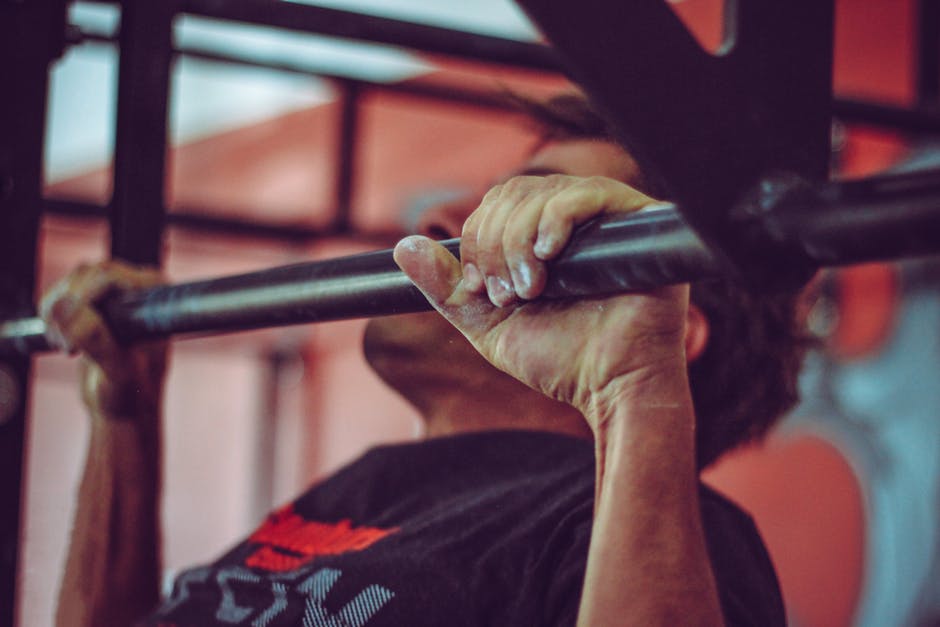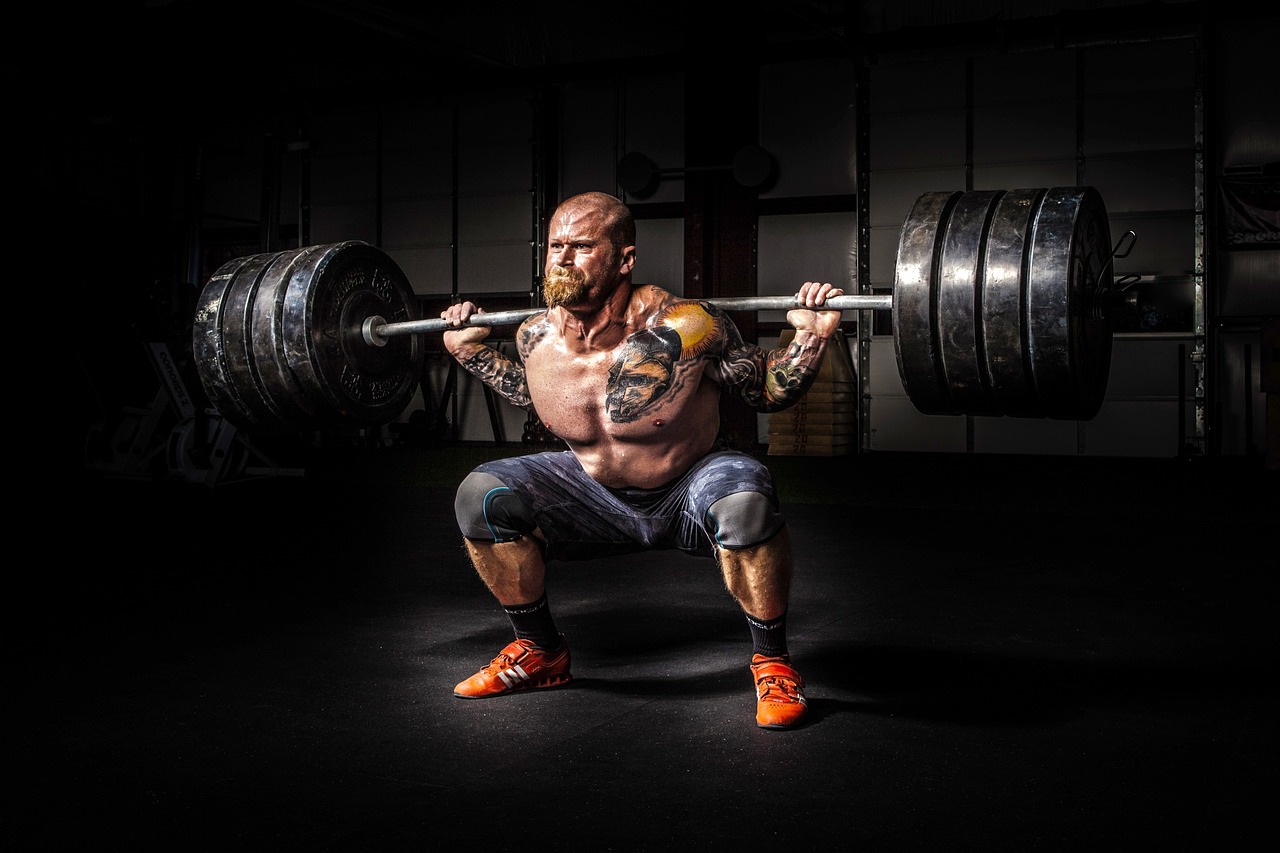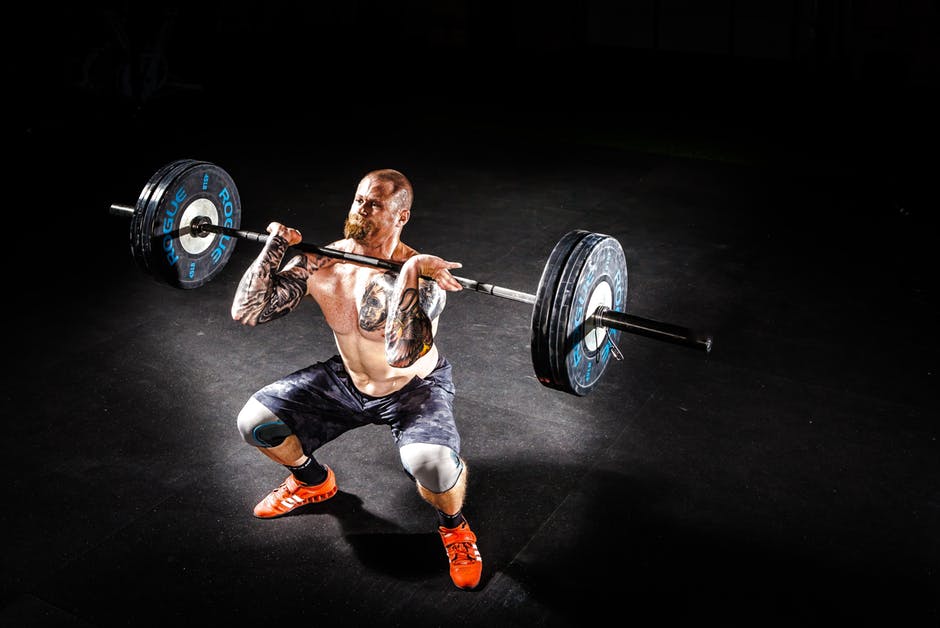During these times of social distancing, many of us are stuck in our homes or with only access to a park for training. This means that many athletes do not have access to their normal facilities and equipment. Yet, there is still a need to get training done during this time.
One of the most overlooked tools in a strength and conditioning setting is a pull-up bar. With this post we’re going to talk about some of the thing that you can do with a pull-up bar. Incidentally, this will carry over to when we are all back after the pandemic is over!
Let’s start with the most obvious thing that you can do with a pull-up bar, you can do pull-ups! Pull-ups are one of the most important upper body exercises, in my opinion. First, they are functional (being able to move your own body weight). Second, they are one of the best shoulder, upper back, and bicep exercises. Third, they don’t require a lot of equipment. Fourth, I think they are a great way to balance out all the pressing work that we tend to do (in other words, good for shoulder health). Finally, they can be approached like any other exercise and weight can be added to make them more challenging.
There are three types of pull-ups that I like to include in a program and these are in order from least challenging to most challenging:
- Close grip: This involves taking a supine grip on the pull-up bar, with the hands about shoulder-width apart. This tends to be the easiest version to master because there is a lot of bicep activity along with the muscles of the upper back. The main thing is to remember to lower yourself all the way down. These are also known as chin ups.
- Wide grip, front: This involves taking a prone grip on the bar with the hands wider than shoulder-width apart. This is more difficult than the close grip version as there is less bicep work (clearly they are still involved, just not to the same extent).
- Wide grip, rear: This starts out the same way as the wide grip, front pull-up, but you pull yourself up so that the back of your next touches the pull-up bar. This is a very difficult variation. This used to be a staple of programs, but has fallen out of favor in recent years thanks to the “exercises are bad for you” mafia.
For me, the best programs find ways to incorporate all three variations.
A pull-up bar is also a great way to do core training. Three of the most effective core exercises can be done using a pull-up bar. These exercises recruit all the parts of the core musculature and all you have to do is to hang from the bar! In order of difficulty (least to greatest):
- Knee Raises: Hang from the pull-up bar. From this position, lift your knees straight up in front of you until your thighs are parallel to the ground. Lower and repeat.
- Leg Raises: Hang from the pull-up bar. From this position, keeping your legs straight, lift your legs straight up in front of you until your thighs are parallel to the ground.
- Feet to Bar: One of my favorite exercises. Hang from the pull-up bar. Keeping your legs straight, lift your legs until your feet touch the pull-up bar. Lower and repeat.
So far you have three upper back/shoulder/bicep exercises and three core exercises. If you can add a suspension trainer to your pull-up bar, then you also have the ability to train every muscle group using it!



